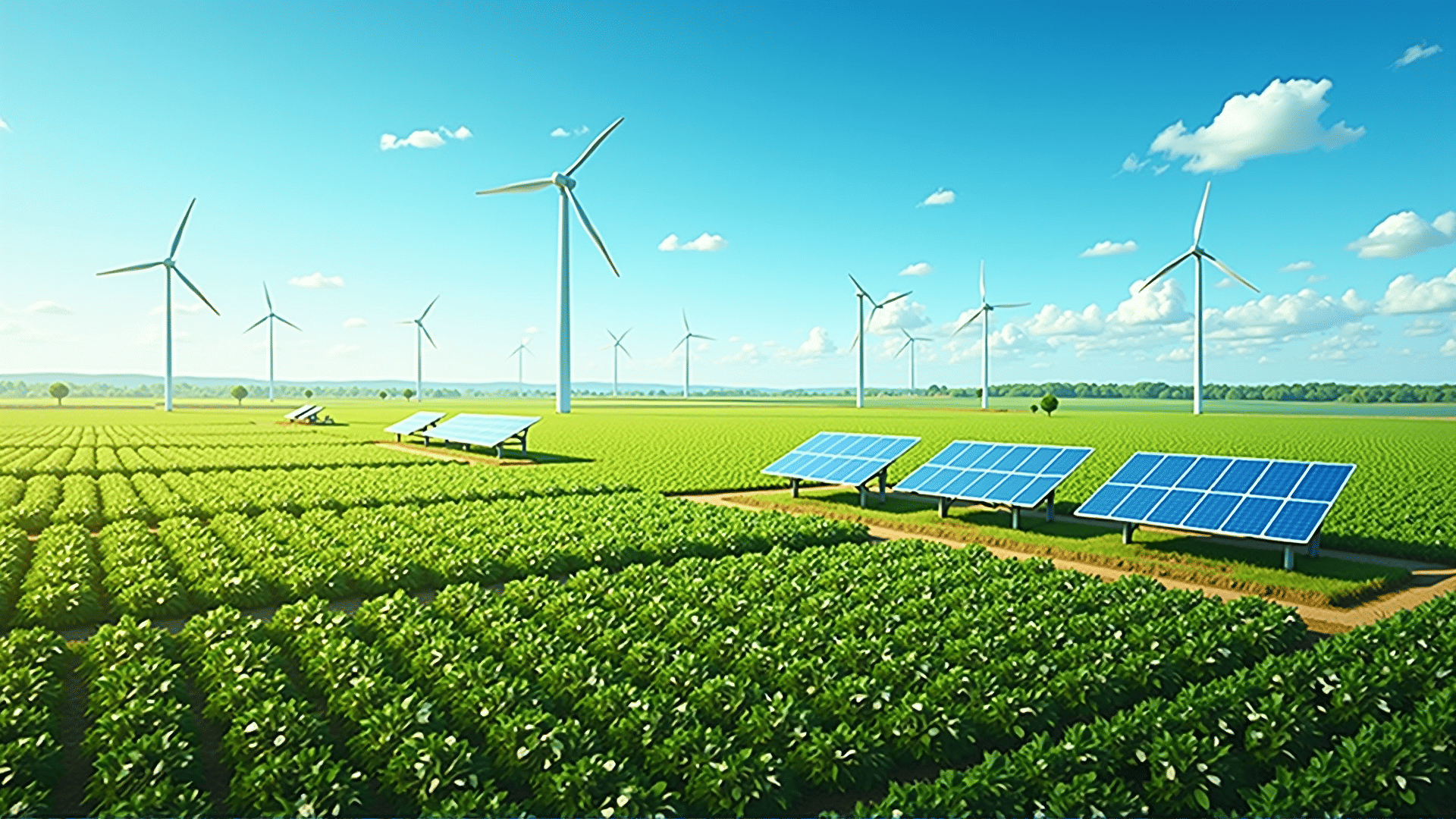In today's rapidly evolving agricultural landscape, sustainable farming practices have emerged as pivotal in the quest to balance environmental health with productive, efficient farming. As the world's population continues to climb, there is an ever-growing demand for food. However, traditional farming practices have posed risks to the environment, including soil degradation, water scarcity, and biodiversity loss. Embracing sustainable farming not only addresses these environmental concerns but also enhances farm productivity and resilience.
One of the most prominent sustainable farming practices gaining traction is regenerative agriculture. This holistic system focuses on improving soil health, enhancing biodiversity, and capturing carbon to mitigate climate change. Techniques like cover cropping, crop rotation, and minimal tillage are at the core of regenerative agriculture. Cover crops, such as clover and vetch, are grown during the off-season to protect and enrich the soil, preventing erosion and enhancing its organic matter. Meanwhile, rotating crops disrupts pest and disease cycles, reducing the need for chemical inputs.
Another critical component of sustainable farming is the integration of technology. Precision agriculture, driven by advancements in sensors, drones, and data analytics, allows farmers to optimize resource use. By precisely measuring field variations and applying inputs like water and fertilizers only where needed, farmers can significantly reduce waste, saving money and minimizing environmental impact. Drones, for example, can provide aerial insights into crop health and identify issues that need immediate attention, ensuring timely and informed decision-making.
Agroforestry, combining agriculture with tree cultivation, is also making waves as a sustainable practice. This method promotes biodiversity, enhances carbon sequestration, and provides economic diversification. Trees in agricultural landscapes can offer shade, act as windbreaks, and contribute to soil structure, all while producing additional crops such as fruits, nuts, or timber.
Water management is another crucial aspect of sustainable farming. With water scarcity becoming a pressing global issue, efficient irrigation systems, like drip irrigation, have become essential. These systems deliver water directly to the plant roots, minimizing evaporation and ensuring every drop counts. Additionally, rainwater harvesting and the restoration of natural water bodies aid in conserving and managing water resources efficiently.
Livestock farming has also seen shifts toward sustainability through practices like rotational grazing. By moving livestock between pastures, farmers allow grasslands to recover and thrive, enhancing soil health and reducing overgrazing. Moreover, integrating livestock with crops can create symbiotic relationships, where one benefits the other, ultimately leading to a closed nutrient cycle.
Lastly, community-supported agriculture (CSA) provides a sustainable model for connecting consumers directly with local farmers. This system reduces transportation emissions, supports local economies, and fosters a greater understanding and appreciation of food production among consumers. Consumers, in turn, enjoy fresh produce and contribute to the sustainability of local farms.
Sustainable farming practices are vital in transforming agriculture to meet the demands of the present and future. By prioritizing environmental health alongside productivity, these practices pave the way for resilient agricultural systems capable of nourishing the world while preserving the planet for future generations. As awareness and innovations in sustainable farming continue to grow, they offer a promising path toward a more balanced and secure food system.
